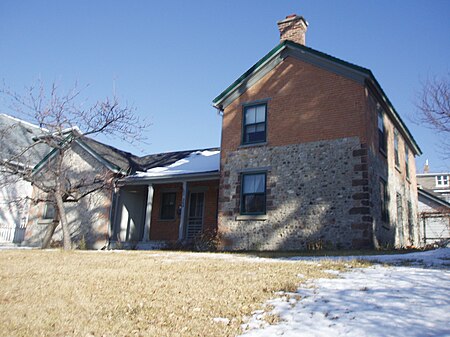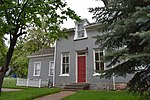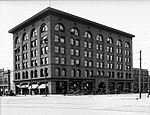John Platts House
Houses completed in 1858Houses in Salt Lake CityHouses on the National Register of Historic Places in UtahNational Register of Historic Places in Salt Lake CityUtah Registered Historic Place stubs

The John Platts House, at 364 Quince St. in Salt Lake City, Utah, was built in 1858.It is termed by the Utah Heritage Foundation as an "excellent example of Utah's early architecture" and is included in the locally defined Marmalade Hill Historic District.It is a "good example" of a pioneer home.The house was listed on the National Register of Historic Places in 1972.
Excerpt from the Wikipedia article John Platts House (License: CC BY-SA 3.0, Authors, Images).John Platts House
Center Street, Salt Lake City
Geographical coordinates (GPS) Address Nearby Places Show on map
Geographical coordinates (GPS)
| Latitude | Longitude |
|---|---|
| N 40.777777777778 ° | E -111.89416666667 ° |
Address
Center Street 377
84103 Salt Lake City
Utah, United States
Open on Google Maps











